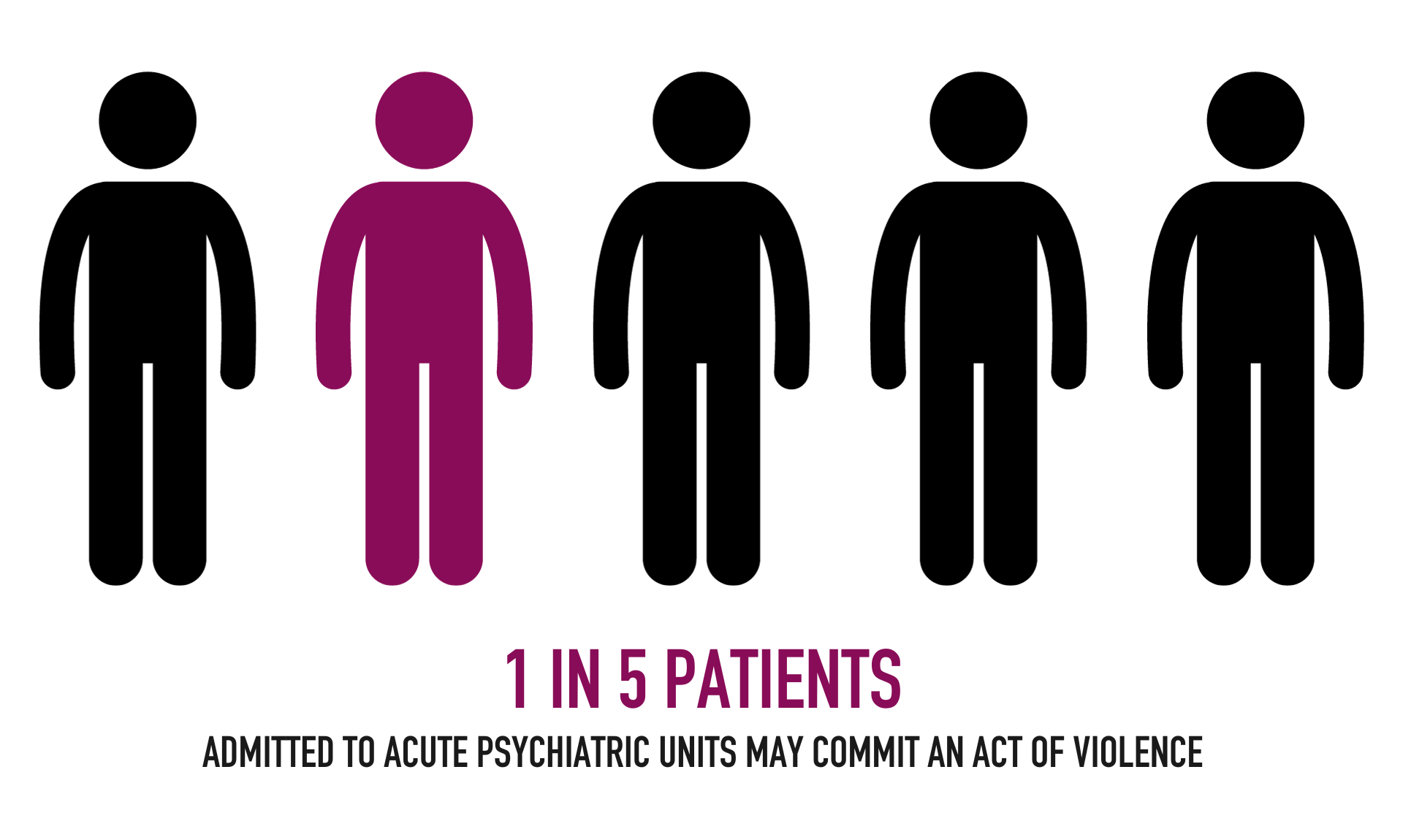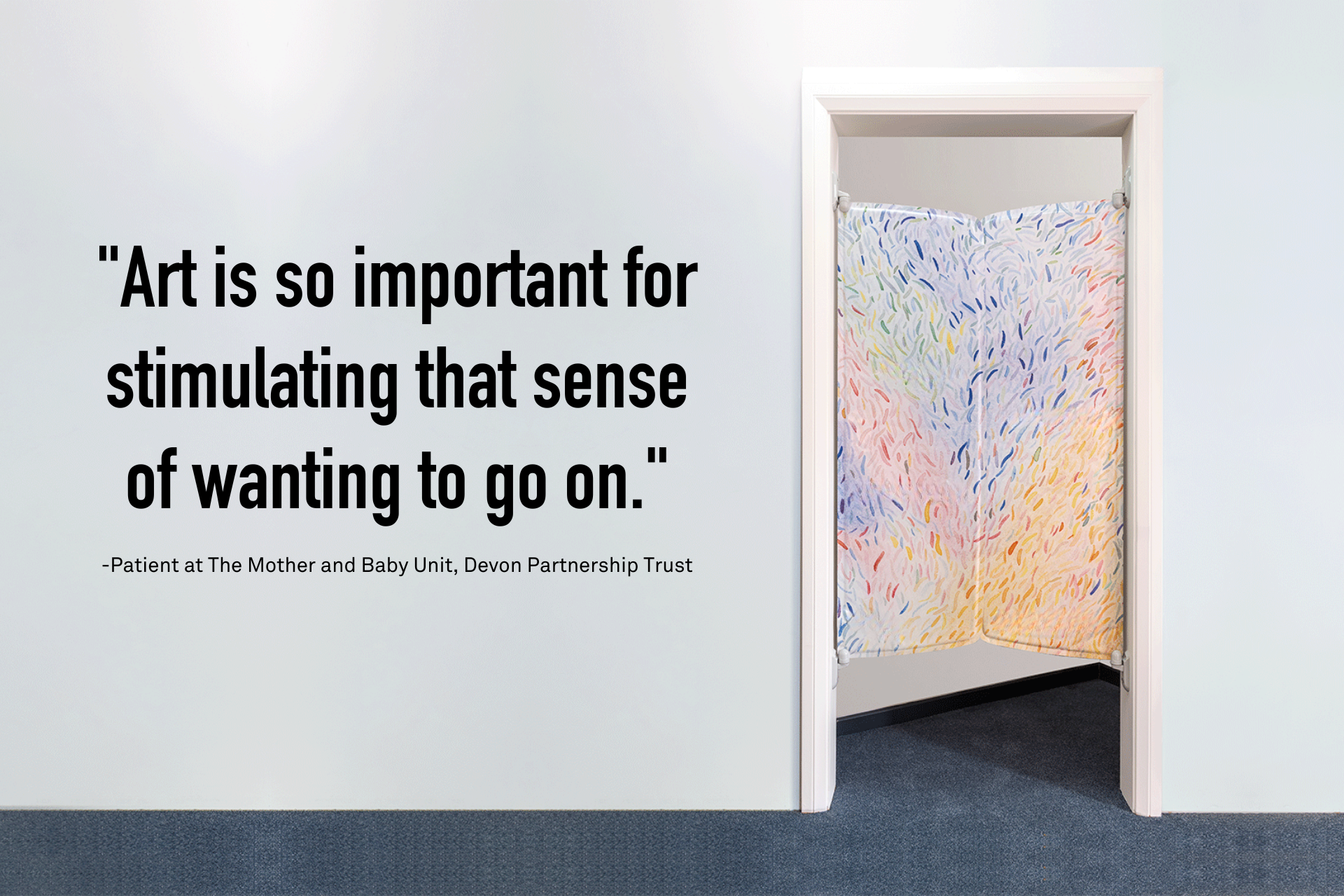Creating safe, dignified environments for patients in behavioral health settings is a challenge shared across healthcare systems globally. Private ligature-resistant bathroom door bathrooms enhance patient independence and privacy but also introduce unique safety risks. Striking a balance between these priorities requires innovative solutions and careful evaluation. This case study highlights how Cumbria Northumberland Tyne & Wear NHS Foundation Trust (CNTW) tackled these challenges and offers lessons that resonate with US behavioral health providers.

The Challenge: Managing Risk in Bathroom Environments
Behavioral health facilities aim to provide environments that support patient dignity and recovery. Private patient bathrooms are a critical component of this effort, yet they pose significant challenges:
- Ligature Risks: Doors in patient bathroom spaces can create opportunities for self-harm. According to the National Library of Medicine, over 75% of patient suicides take place in the patient bathroom, bedroom or closet. The bathroom is the most common location for suicide.
- Weaponization Concerns: Doors may be misused as improvised weapons, endangering patients and staff.
- Vandalism and Costs: Traditional doors often sustain damage, leading to high maintenance expenses and operational disruptions.
This challenge mirrors the experiences of behavioral health providers worldwide, who seek solutions that uphold safety while maintaining patient dignity and cost efficiency.
Tony Gray of CNTW NHS Foundation Trust highlighted the dilemma:
"You want to create an environment where patients feel safe and protected while enjoying the dignity of a ligature-resistant bathroom door. But without the right solution, privacy can come at the expense of safety."
Balancing these priorities required a solution that met the highest safety standards while fostering dignity and respect for patients.
.png?width=660&height=386&name=En-Suite%20US%20Graphic%20(6).png)
The CNTW Approach: A Rigorous Selection Process
To address these challenges, CNTW implemented a structured approach to identify the most effective ligature-resistant bathroom doors. Their process prioritized safety, sustainability, and practicality, setting a standard that can be adopted to suit the needs of any facility.
Key Evaluation Criteria
- Safety First:
- Products underwent destructive testing for ligature resistance, fire safety, and durability.
- Real-world risk scenarios were simulated to validate performance.
- Sustainability:
- Modular designs reduced waste and enabled cost-effective repairs.
- Durable materials minimized environmental impact and maintenance needs.
- Therapeutic Integration:
- Doors were designed with calming colors and biophilic elements to promote recovery.
- Vendor Credibility:
- Vendors were evaluated on experience, scalability, and track record in behavioral health settings.
Tony Gray emphasized the importance of vendor reliability:
"We needed partners who understood our unique needs and could deliver proven, scalable solutions."
Implementation: From Testing to Full Deployment
Step 1: Comprehensive Testing
CNTW used a detailed scoring system to assess potential solutions. Key considerations included:
- Ligature resistance
- Fire safety
- Durability and vandal resistance
Gray explained the value of this approach:
"Destructive testing was essential to ensure the doors could meet real-world challenges and fit seamlessly into therapeutic environments."
Step 2: Pilot Program
Two wards trialed the selected doors, allowing staff and patients to provide feedback. This process:
- Validated the solution in real-world conditions.
- Highlighted areas for refinement.
- Confirmed scalability across diverse ward layouts.
Step 3: Full Rollout
Following the successful pilot, CNTW deployed the doors system-wide, with staff receiving comprehensive training to maximize the solution’s benefits.
Outcomes: Transforming Safety and Dignity
The initiative delivered measurable improvements that align with the goals of behavioral health providers globally:
- Enhanced Safety:
- Ligature risks were reduced by over 95%.
- No incidents of weaponization occurred post-installation.
- Improved Patient Dignity:
- Patients felt safer and more respected in private spaces.
- Staff observed reduced anxiety and improved patient engagement.
- Cost Efficiency:
- Modular designs cut maintenance costs by 30%.
- Minimal downtime ensured continuity of care.
- Increased Staff Confidence:
- Training equipped staff to effectively manage the new systems.
- Confidence in safety measures improved workplace morale.
Lessons for Behavioral Health Providers
CNTW’s approach offers actionable insights:
- Rigorous Testing:
- Ensure solutions undergo destructive testing to validate safety and durability.
- Stakeholder Collaboration:
- Engage staff and patients early in the evaluation process to inform design improvements.
- Pilot Programs:
- Trial solutions on a small scale to identify potential challenges and refine implementation.
- Data-Driven Decision Making:
- Use evidence-based methods to build trust and overcome anecdotal objections.
Tony Gray states:
"We have managed to reduce ligature incidents to zero. You can’t get much safer than that."
Future Innovations in Behavioral Health
CNTW’s experience underscores the importance of continuous improvement, a priority shared by care providers worldwide. Emerging areas of focus include:
- AI and Predictive Analytics:
- Leveraging technology to predict and mitigate risks.
- Expanded Anti-Ligature Solutions:
- Addressing safety in shared spaces and other high-risk areas.
- Sustainability:
- Reducing environmental impact while enhancing product durability.
- Smart Monitoring Systems:
- Integrating IoT sensors to detect tampering or unusual activity.
Tony Gray summarised the importance of forward-thinking design:
"The challenge for suppliers is to listen, learn, and take the experience of patients. As we reduce risks in bedrooms, the focus naturally shifts to other spaces like bathrooms."
Conclusion
The lessons from CNTW NHS Foundation Trust demonstrate how thoughtful design, rigorous testing, and stakeholder collaboration can transform behavioral health environments. By prioritizing safety, dignity, and sustainability, they’ve set a benchmark that providers can adopt to meet shared challenges.
Find out more about our Ligature Resistant Bathroom Door.
Contact Safehinge Primera to explore how our solutions can enhance safety and dignity in your behavioral health facility.




